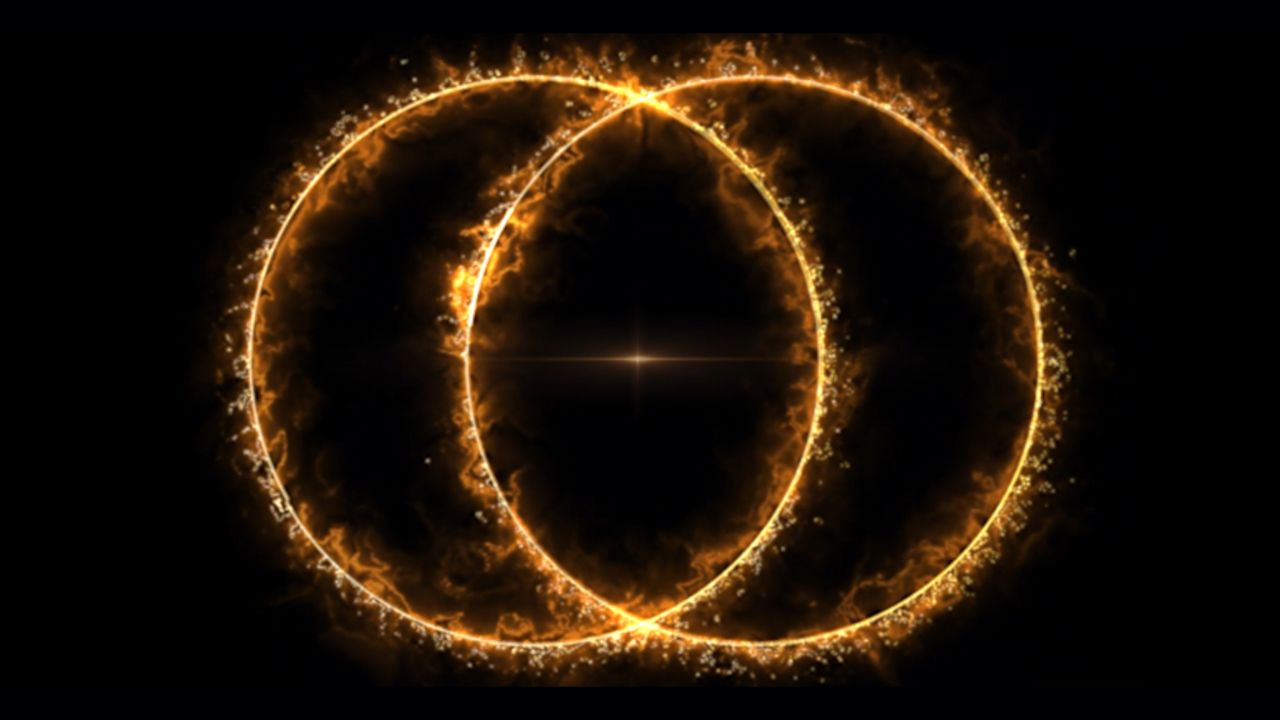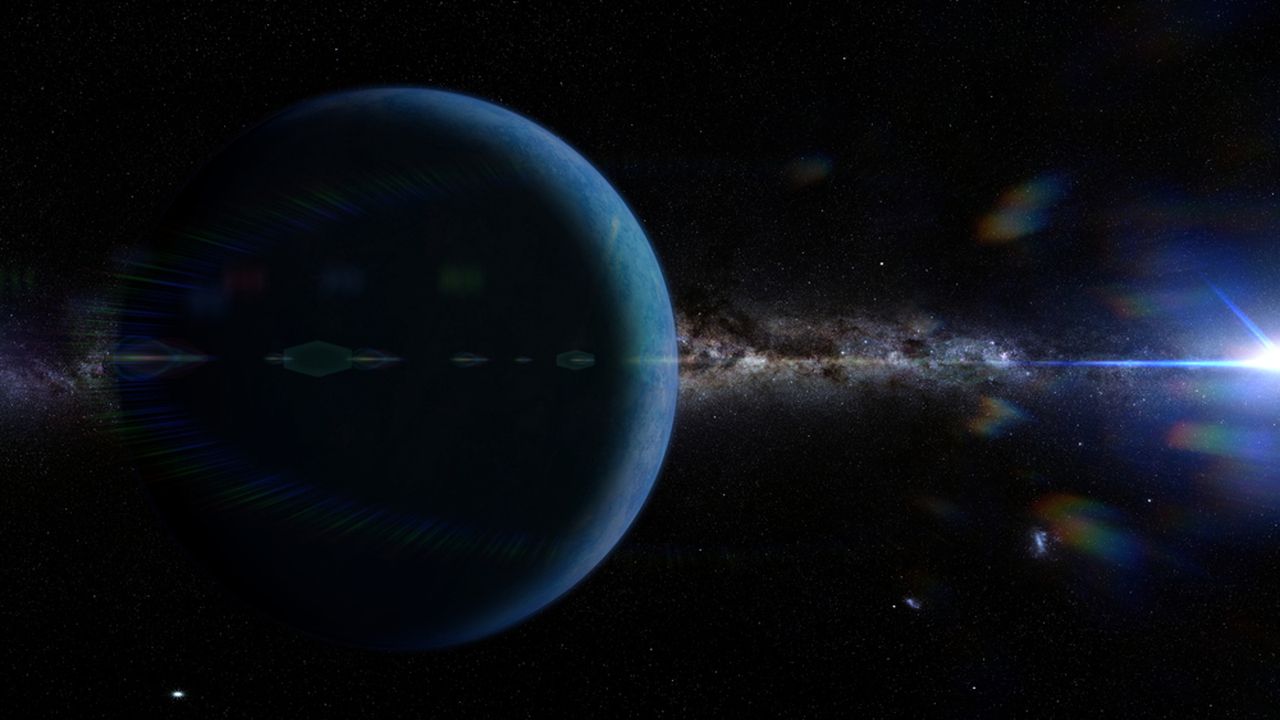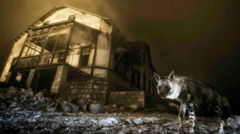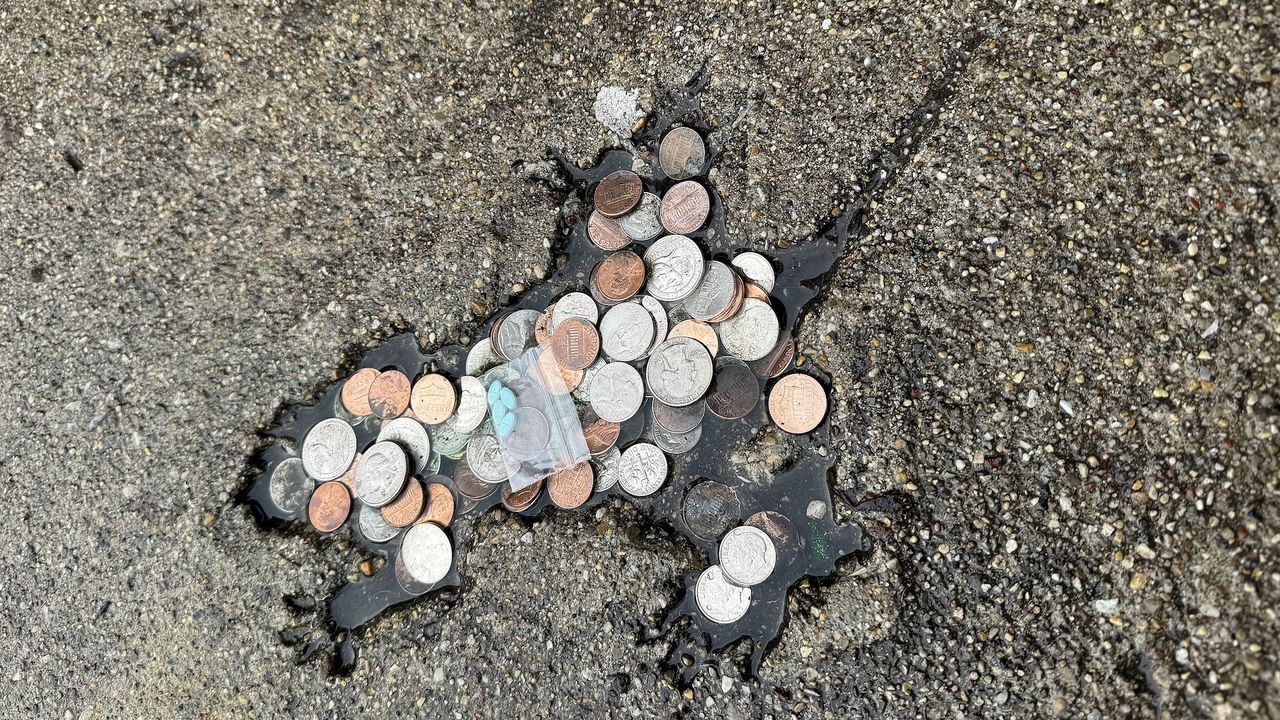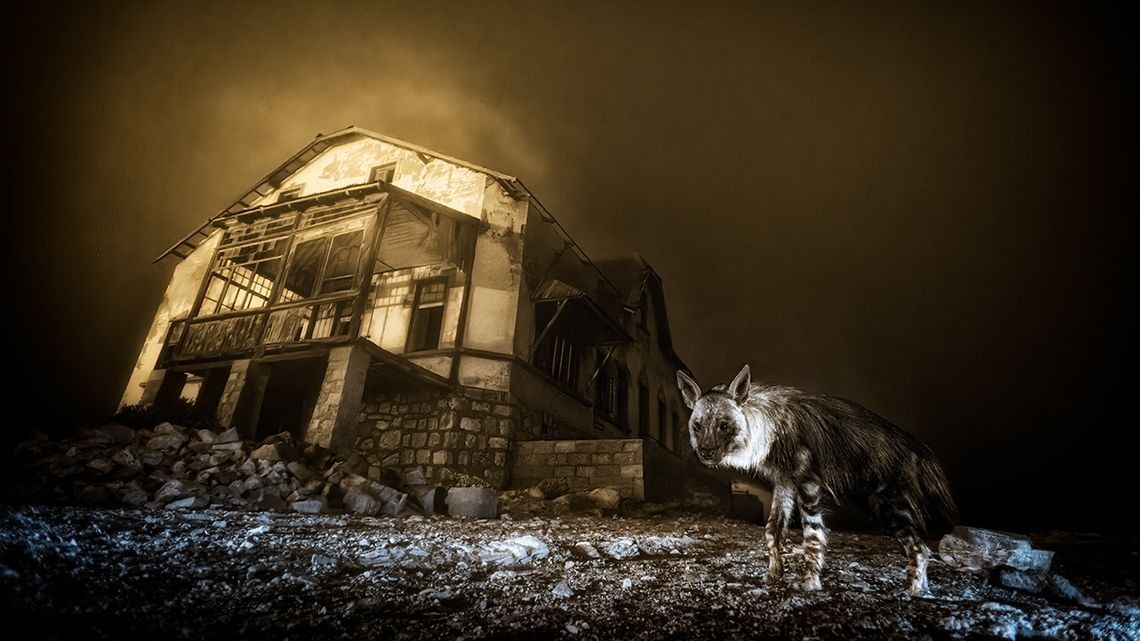Citizen scientists just discovered the most powerful 'odd radio circle' twins in space we've ever seen
PositiveScience
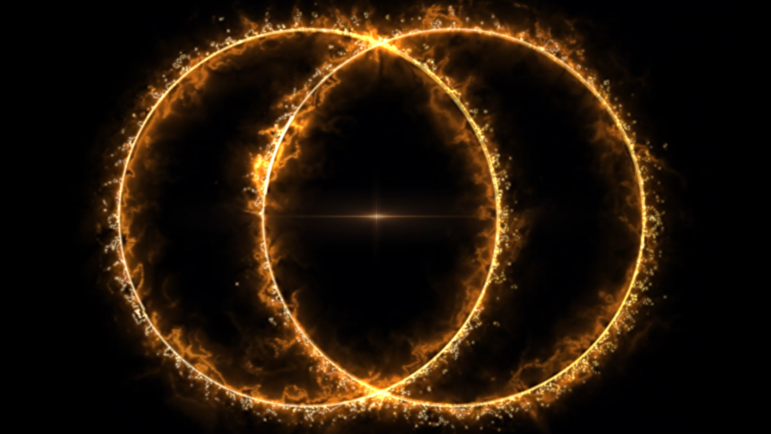
Citizen scientists have made an exciting discovery by identifying three new odd radio circles (ORCs) linked to giant, active galaxies. This finding is significant as it provides astronomers with valuable insights into the formation of these mysterious cosmic structures, enhancing our understanding of the universe.
— Curated by the World Pulse Now AI Editorial System
